TFT Display LCD 0.96″ SPI HD 65K Colores ST7735
$ 79.00
Sin existencias en TIENDA EN LÍNEA
INTRODUCE TU CORREO Y TE AVISAMOS CUANDO ESTE DISPONIBLE
INFORMACIÓN
TFT Display LCD 0.96″ ST7735 es una pantalla LCD TFT a color de 0,96 «de 80×160 puntos con controlador ST7735S y tablero de conexiones, calidad de visualización superior, ángulo de visión completo, ángulo de visión súper amplio y fácil de controlar mediante MCU como 8051, PIC, AVR, ARDUINO, ARM y Raspberry PI. El controlador TFT (ST7735R) puede mostrar color completo de 16 bits utilizando el código de la biblioteca Adafruit GFX.
Esta pantalla LCD es ideal para sus proyectos con Arduino o cualquier microcontrolador. Tiene una excelente resolución 80×160 puntos con 65K niveles de color. Solo 0,96 » en diagonal y está repleta de píxeles RGB, para hacer pantallas muy pequeñas de alta densidad. La pantalla es una excelente manera de agregar una pantalla pequeña, colorida y brillante a cualquier proyecto. Dado que la pantalla utiliza SPI de 4 cables para comunicarse y tiene su propio búfer de cuadros direccionable por píxeles, se puede utilizar con todo tipo de microcontroladores.
ESPECIFICACIONES Y CARACTERÍSTICAS
- Modelo: Pantalla TFT
- Chip: ST7735
- Voltaje de funcionamiento: 3.3/5 VDC
- Corriente: 20 mA
- Interfaz: 4- Wire Serial, SPI
- Pines: 8
- Resolución: 128 x 64
- Matriz de puntos: 80 x(RGB) x 160(Puntos)
- Color de pantalla: 65K
- Diagonal de la pantalla: 0.96 pulgadas
- Temperatura: -20 a 70 °C
- Tamaño
- Pantalla: 14 x 28 mm
- PCB: 30 x 24 mm
- Peso: 3.45g
DOCUMENTACIÓN Y RECURSOS
Librerías para funcionamiento en Arduino IDE:
INFORMACIÓN ADICIONAL
¿Cómo conectar el TFT Display 0.96″ ST7735 con Arduino Uno?
Para utilizar con la placa de Arduino Uno las conexiones son las siguientes:
|
Arduino Uno |
Display TFT 0.9” 80X160 |
|
5V |
VCC |
|
GND |
GND |
|
13 |
SCL |
|
11 |
SDA |
|
10 |
CS |
|
9 |
RES |
|
8 |
DC |
Diagrama de conexión:
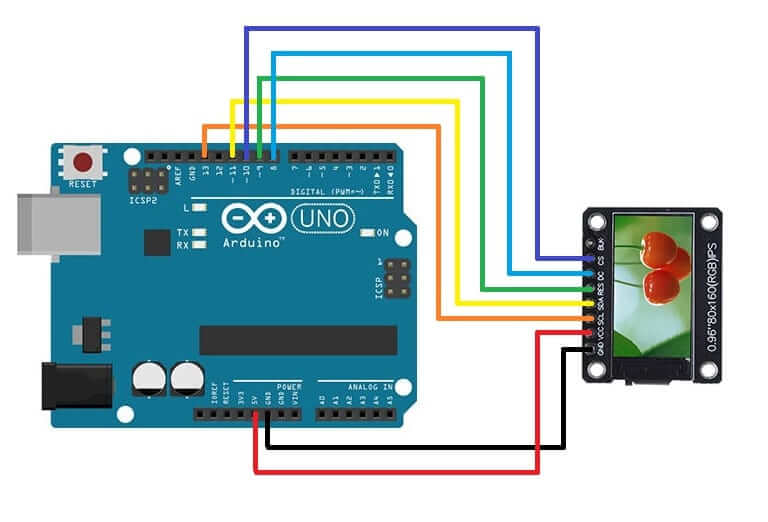
¿Cómo programar el TFT Display 0.96″ ST7735 con Arduino IDE?
Para programar este display es muy sencillo hay que utilizar dos librerías que podrás descargar a continuación:
Y a continuación realizar el siguiente código:
#include <Adafruit_ST7735.h> // Librería para ST7735
#include <SPI.h>
#include "Adafruit_GFX.h"
#define TFT_CS 10
#define TFT_DC 8
#define TFT_RST 9
Adafruit_ST7735 tft = Adafruit_ST7735(TFT_CS, TFT_DC, TFT_RST);
void setup() {
Serial.begin(9600);
Serial.print(F("Holi Test de prueba para ST7735 TFT"));
tft.initR(INITR_MINI160x80);
Serial.println(F("Tiempo (microsegundos)"));
tft.setRotation(1);
Serial.print(F("Texto "));
Serial.println(testText());
delay(2000);
Serial.print(F("Líneas "));
Serial.println(testLines(ST77XX_CYAN));
delay(2000);
Serial.print(F("Rectángulos (contorno) "));
Serial.println(testRects(ST77XX_GREEN));
delay(2000);
tft.fillScreen(ST77XX_BLACK);
Serial.print(F("Círculos (contorno) "));
Serial.println(testCircles(10, ST77XX_RED));
delay(2000);
Serial.print(F("Triángulos (contorno) "));
Serial.println(testTriangles());
delay(2000);
Serial.print(F("Triángulos (solidos) "));
Serial.println(testFilledTriangles());
delay(500);
Serial.print(F("Rectángulos con aristas redondeados (contorno) "));
Serial.println(testRoundRects());
delay(2000);
Serial.print(F("Rectángulos con aristas redondeados (solido) "));
Serial.println(testFilledRoundRects());
delay(2000);
Serial.print(F("Pantalla de colores "));
Serial.println(testFillScreen());
delay(2000);
Serial.println(F("Hecho!"));
}
void loop(void) {
for (uint8_t rotation = 0; rotation < 4; rotation++) {
tft.setRotation(rotation);
testText();
delay(3000);
}
}
unsigned long testFillScreen() {
unsigned long start = micros();
tft.fillScreen(ST77XX_RED);
delay(2000);
tft.fillScreen(ST77XX_GREEN);
delay(2000);
tft.fillScreen(ST77XX_BLUE);
delay(2000);
tft.fillScreen(ST77XX_WHITE);
delay(2000);
return micros() - start;
}
unsigned long testText() {
tft.fillScreen(ST77XX_BLACK);
unsigned long start = micros();
tft.setCursor(0, 0);
tft.setTextColor(ST77XX_WHITE);
tft.setTextSize(1);
tft.println("Esta vivo!");
tft.setTextColor(ST77XX_YELLOW);
tft.setTextSize(2);
tft.println("UNIT");
tft.setTextColor(ST77XX_RED);
tft.setTextSize(3);
tft.println("ELECTRONICS");
tft.println();
tft.setTextColor(ST77XX_GREEN);
tft.setTextSize(5);
tft.println("123");
return micros() - start;
}
unsigned long testLines(uint16_t color) {
unsigned long start, t;
int x1, y1, x2, y2,
w = tft.width(),
h = tft.height();
tft.fillScreen(ST77XX_BLACK);
x1 = y1 = 0;
y2 = h - 1;
start = micros();
for (x2 = 0; x2 < w; x2 += 6) tft.drawLine(x1, y1, x2, y2, color);
x2 = w - 1;
for (y2 = 0; y2 < h; y2 += 6) tft.drawLine(x1, y1, x2, y2, color);
t = micros() - start; // fillScreen doesn't count against timing
return micros() - start;
}
unsigned long testFastLines(uint16_t color1, uint16_t color2) {
unsigned long start;
int x, y, w = tft.width(), h = tft.height();
tft.fillScreen(ST77XX_BLACK);
start = micros();
for (y = 0; y < h; y += 5) tft.drawFastHLine(0, y, w, color1);
for (x = 0; x < w; x += 5) tft.drawFastVLine(x, 0, h, color2);
return micros() - start;
}
unsigned long testRects(uint16_t color) {
unsigned long start;
int n, i, i2,
cx = tft.width() / 2,
cy = tft.height() / 2;
tft.fillScreen(ST77XX_BLACK);
n = min(tft.width(), tft.height());
start = micros();
for (i = 2; i < n; i += 6) {
i2 = i / 2;
tft.drawRect(cx - i2, cy - i2, i, i, color);
}
return micros() - start;
}
unsigned long testFilledRects(uint16_t color1, uint16_t color2) {
unsigned long start, t = 0;
int n, i, i2, cx = tft.width() / 2 - 1, cy = tft.height() / 2 - 1;
tft.fillScreen(ST77XX_BLACK);
n = min(tft.width(), tft.height());
for (i = n; i > 0; i -= 6) {
i2 = i / 2;
start = micros();
tft.fillRect(cx - i2, cy - i2, i, i, color1);
t += micros() - start;
tft.drawRect(cx - i2, cy - i2, i, i, color2);
}
return t;
}
unsigned long testFilledCircles(uint8_t radius, uint16_t color) {
unsigned long start;
int x, y, w = tft.width(), h = tft.height(), r2 = radius * 2;
tft.fillScreen(ST77XX_BLACK);
start = micros();
for (x = radius; x < w; x += r2) {
for (y = radius; y < h; y += r2) {
tft.fillCircle(x, y, radius, color);
}
}
return micros() - start;
}
unsigned long testCircles(uint8_t radius, uint16_t color) {
unsigned long start;
int x, y, r2 = radius * 2,
w = tft.width() + radius,
h = tft.height() + radius;
start = micros();
for (x = 0; x < w; x += r2) {
for (y = 0; y < h; y += r2) {
tft.drawCircle(x, y, radius, color);
}
}
return micros() - start;
}
unsigned long testTriangles() {
unsigned long start;
int n, i, cx = tft.width() / 2 - 1,
cy = tft.height() / 2 - 1;
tft.fillScreen(ST77XX_BLACK);
n = min(cx, cy);
start = micros();
for (i = 0; i < n; i += 5) {
tft.drawTriangle(
cx, cy - i,
cx - i, cy + i,
cx + i, cy + i,
tft.color565(200, 20, i));
}
return micros() - start;
}
unsigned long testFilledTriangles() {
unsigned long start, t = 0;
int i, cx = tft.width() / 2 - 1,
cy = tft.height() / 2 - 1;
tft.fillScreen(ST77XX_BLACK);
start = micros();
for (i = min(cx, cy); i > 10; i -= 5) {
start = micros();
tft.fillTriangle(cx, cy - i, cx - i, cy + i, cx + i, cy + i,
tft.color565(0, i, i));
t += micros() - start;
tft.drawTriangle(cx, cy - i, cx - i, cy + i, cx + i, cy + i,
tft.color565(i, i, 0));
}
return t;
}
unsigned long testRoundRects() {
unsigned long start;
int w, i, i2,
cx = tft.width() / 2,
cy = tft.height() / 2;
tft.fillScreen(ST77XX_BLACK);
w = min(tft.width(), tft.height());
start = micros();
for (i = 0; i < w; i += 8) {
i2 = i / 2 - 2;
tft.drawRoundRect(cx - i2, cy - i2, i, i, i / 8, tft.color565(i, 100, 100));
}
return micros() - start;
}
unsigned long testFilledRoundRects() {
unsigned long start;
int i, i2, cx = tft.width() / 2 + 10,
cy = tft.height() / 2 + 10;
tft.fillScreen(ST77XX_BLACK);
start = micros();
for (i = min(tft.width(), tft.height()) - 20; i > 25; i -= 6) {
i2 = i / 2;
tft.fillRoundRect(cx - i2, cy - i2, i - 20, i - 20, i / 8, tft.color565(100, i / 2, 100));
}
return micros() - start;
}
¿Cómo conectar el TFT Display 0.96″ ST7735 con ESP32?
Para utilizar con la placa ESP32 las conexiones son las siguientes:
|
ESP32 |
Display TFT 0.9” 80X160 |
|
3.3V |
VCC |
|
GND |
GND |
|
D18 |
SCL |
|
D23 |
SDA |
|
D15 |
CS |
|
D4 |
RES |
|
D2 |
DC |
¿Cómo programar el TFT Display 0.96″ ST7735 con Arduino IDE?
Para programar este display es muy sencillo, solo hay que utilizar la librería que podrás descargar a continuación:
En esta librería puedes encontrar algunos ejemplos que te podrán ser de utilidad para comprobar el funcionamiento de tu pantalla, solo debes cargarlos a tu tarjeta.
| Peso | 0.004 kg |
|---|
Solo los usuarios registrados que hayan comprado este producto pueden hacer una valoración.
También te recomendamos…
TAMBIÉN TE PODRÍA INTERESAR
DIFUSOS & ULTRABRILLANTES
LEDS
DIFUSOS & ULTRABRILLANTES

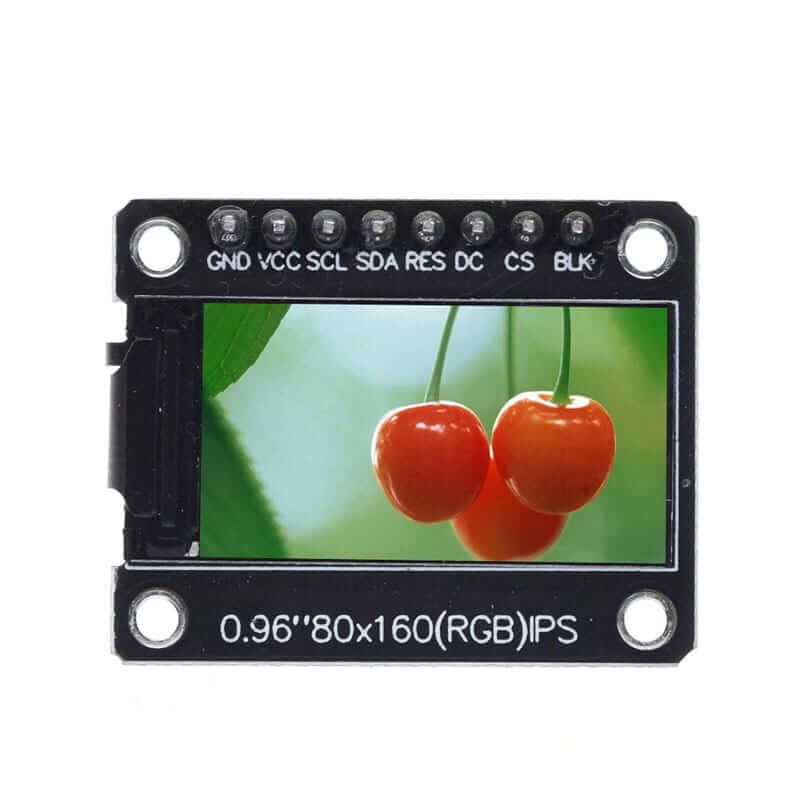

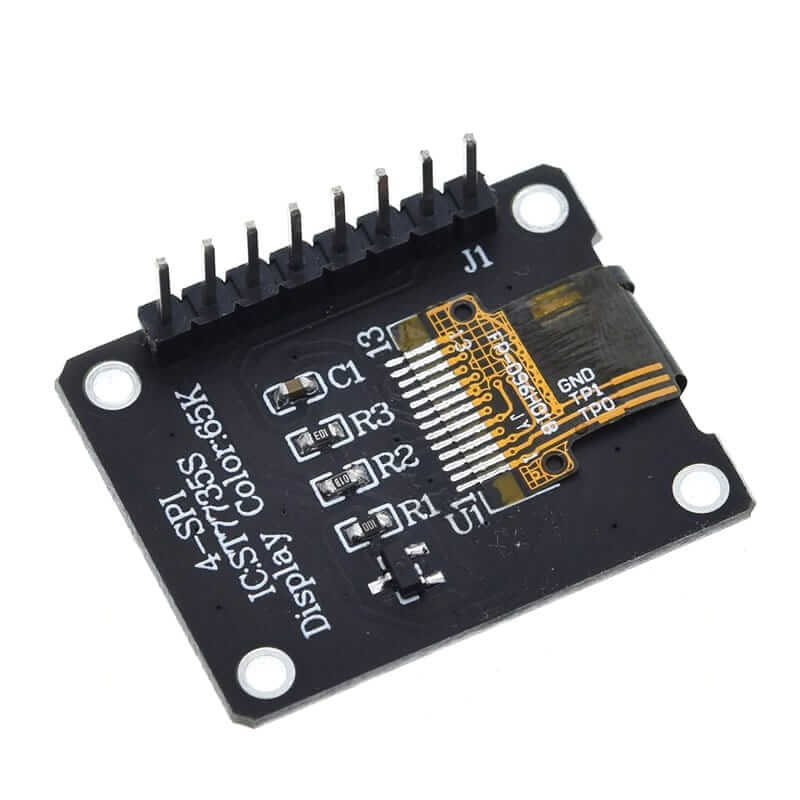
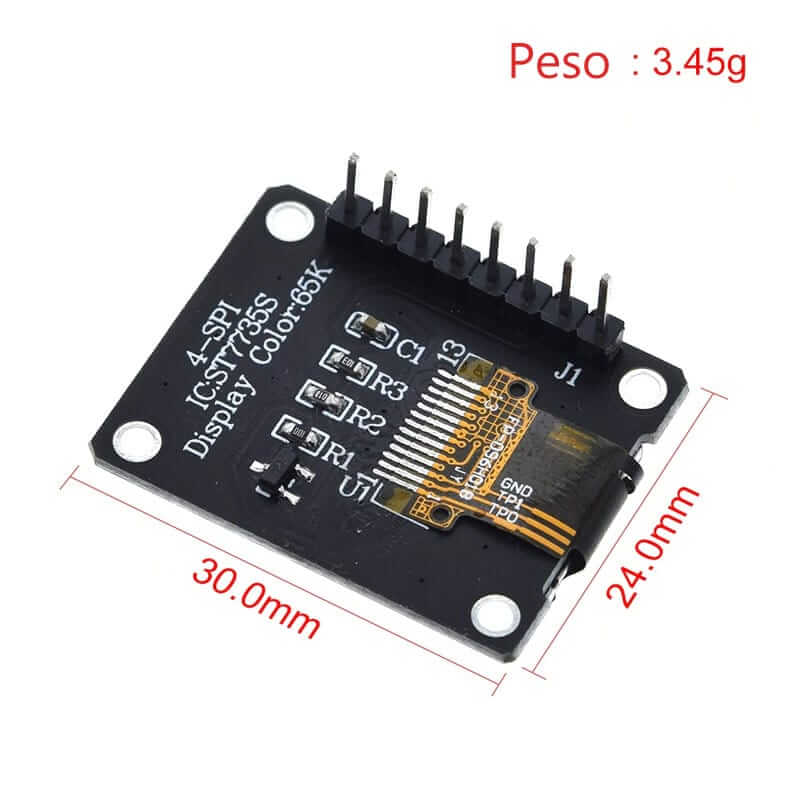
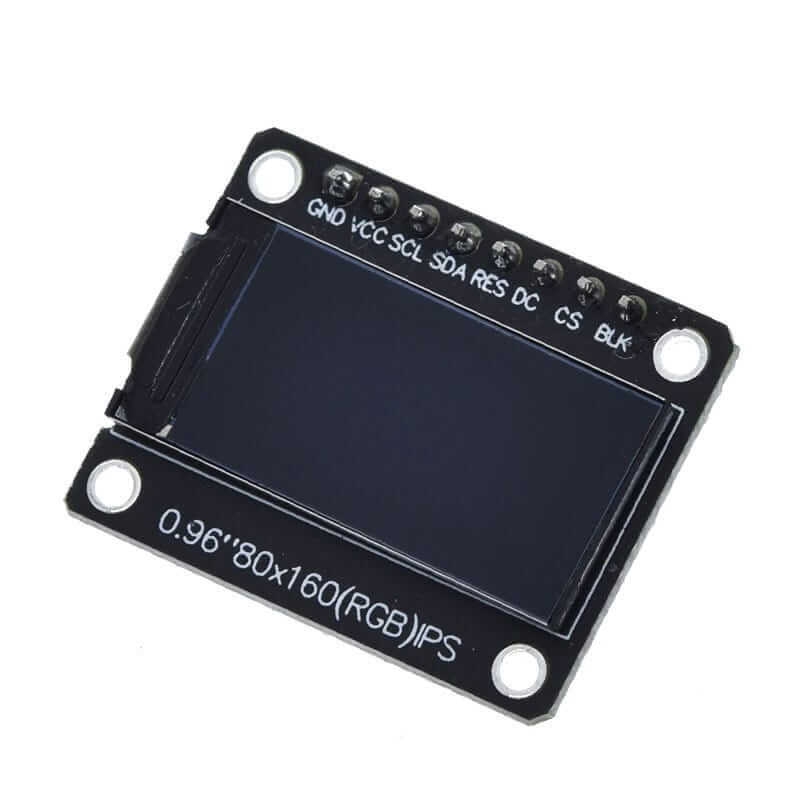
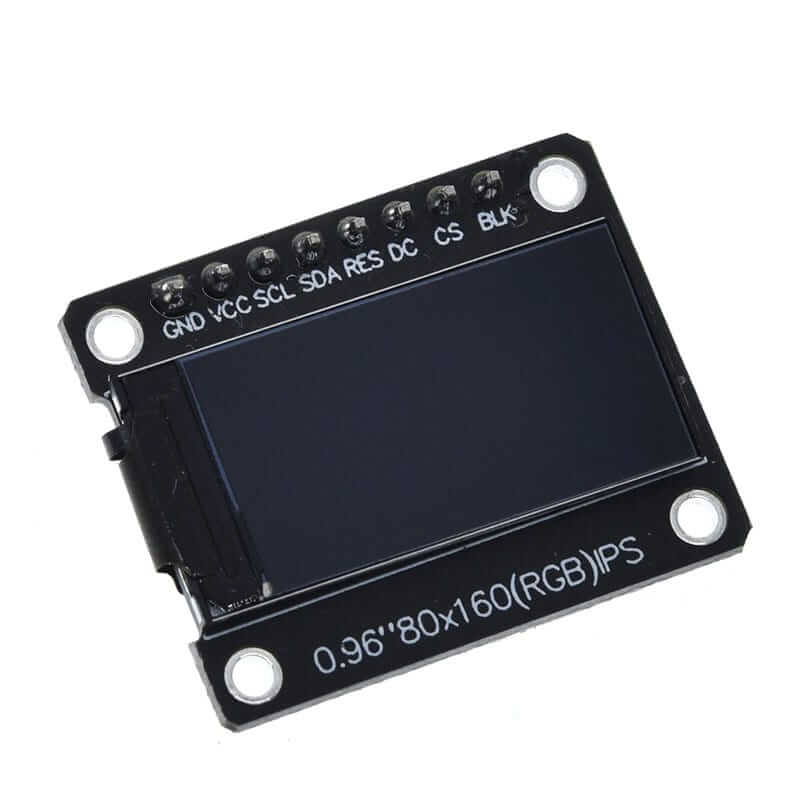
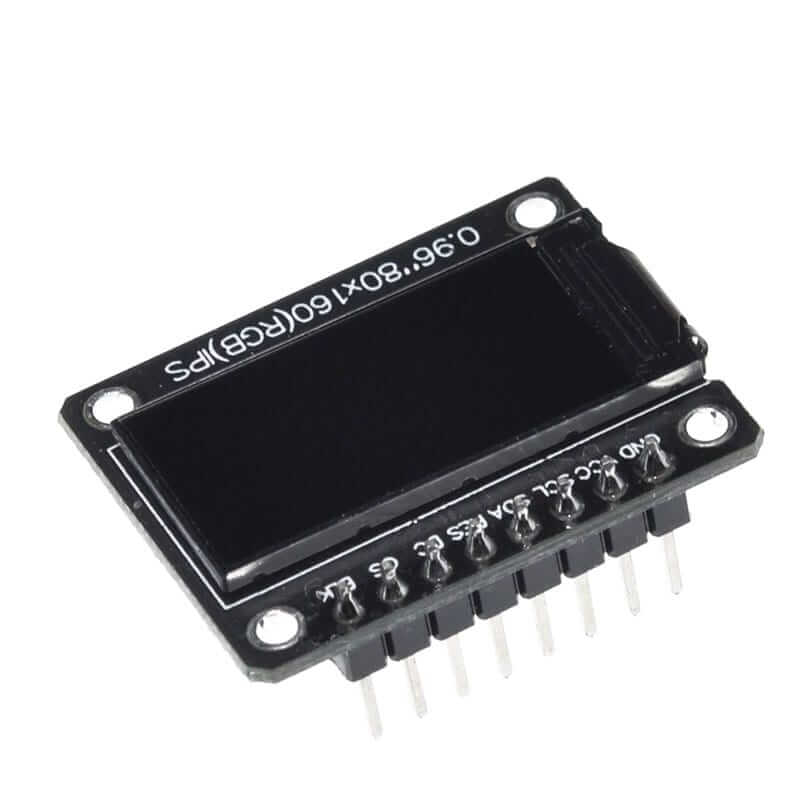
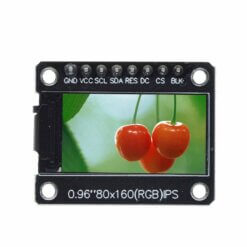
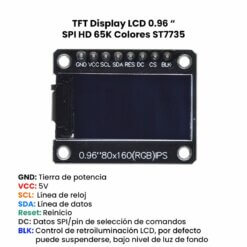
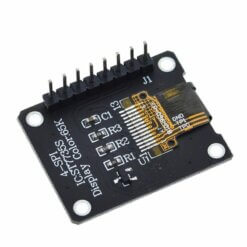
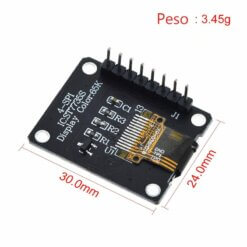
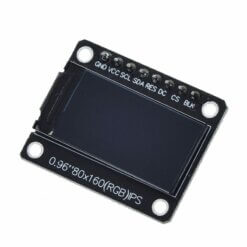
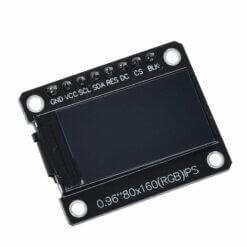
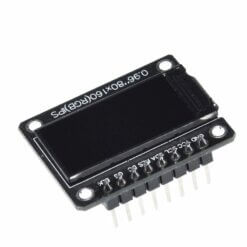
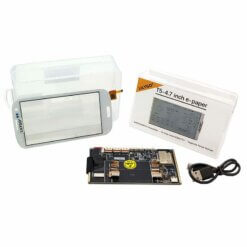
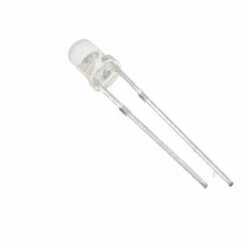
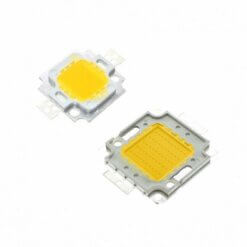
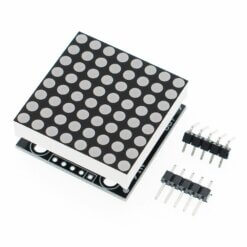
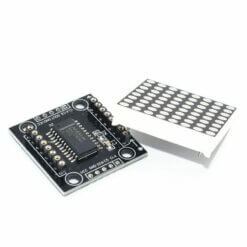
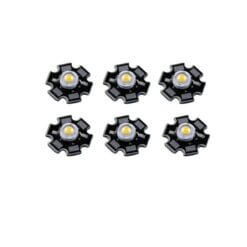

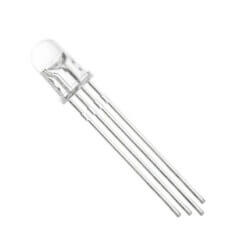
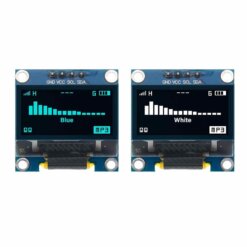
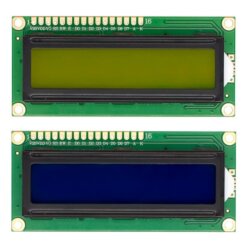
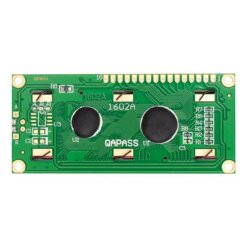
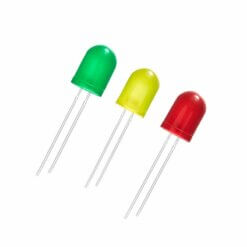
Valoraciones
No hay valoraciones aún.